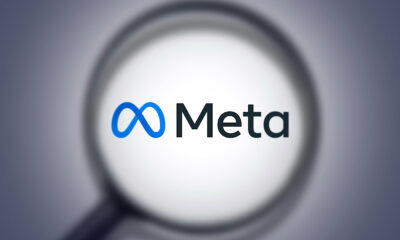SOCIAL
Meta’s Adding More Ad Targeting Information to its Ad Library Listings
In the wake of the Cambridge Analytics scandal, Meta has implemented a range of data protection measures to ensure that it limits access to users’ personal data and insight, while at the same time, it’s also been working to provide more transparency into how its systems are being used by different groups to target their messaging.
These conflicting approaches require a delicate balance, one which Meta has largely been able to maintain via its Ad Library, which enables anyone to see any ad being run by any Facebook Page in the recent past.
Now, Meta’s looking to add to that insight, with new information being added to the Ad Library on how Pages are using social issue, electoral or political ads in their process.

As you can see here, the updated Ad Library overview will include more specific information on how each advertiser is using these more sensitive targeting options, which could help researchers detect misuse or report concerns.
As explained by Meta:
“At the end of this month, detailed targeting information for social issue, electoral or political ads will be made available to vetted academic researchers through the Facebook Open Research and Transparency (FORT) environment […] Coming in July, our publicly available Ad Library will also include a summary of targeting information for social issue, electoral or political ads run after launch. This update will include data on the total number of social issue, electoral and political ads a Page ran using each type of targeting (such as location, demographics and interests) and the percentage of social issue, electoral and political ad spend used to target those options.”
That’s a significant update for Meta’s ad transparency efforts, which will help researchers better understand key trends in ad usage, and how they relate to messaging resonance and response.
Meta has come under scrutiny over such in the past, with independent investigations finding that housing ads, for example, were illegally using race-based exclusions in their ad targeting. That led to Meta changing its rules on how its exclusions can be used, and this new expansion could eventually lead to similar, by making discriminatory ad targeting easier to identify, with direct examples from Meta’s system.
For regular advertisers, it could also give you some additional insight into your competitors’ tactics. You might find more detailed information on how other brands are honing in on specific audiences, which may not be discriminatory, but may highlight new angles for your own marketing efforts.
It’s a good transparency update, which should glean significant benefits for researchers trying to better understand how Meta’s intricate ad targeting system is being used in various ways.



















You must be logged in to post a comment Login